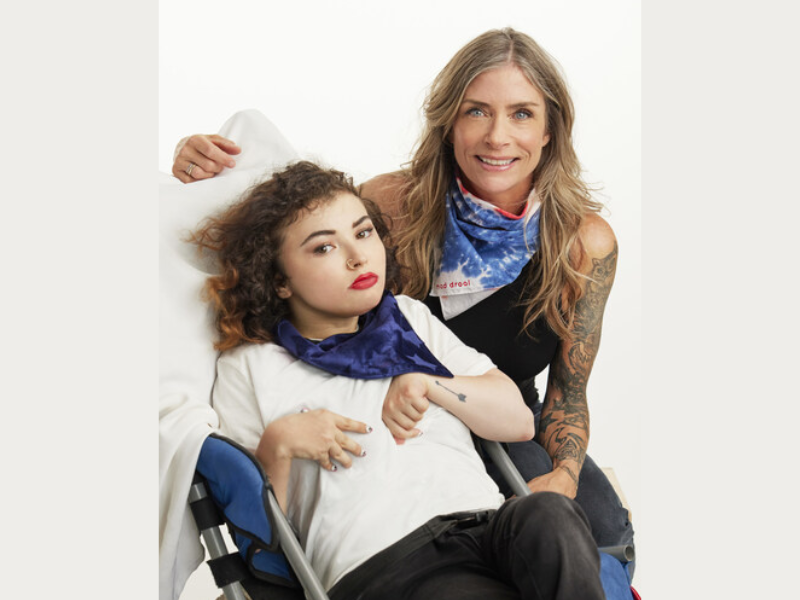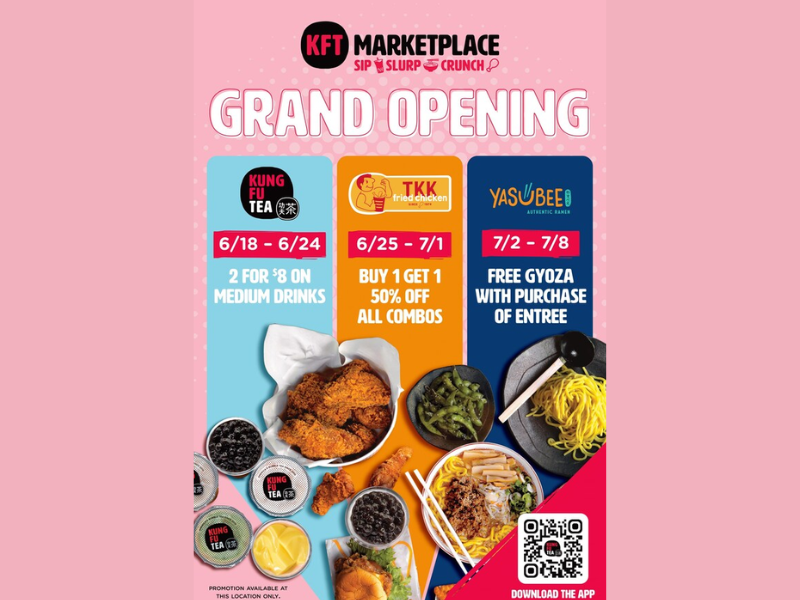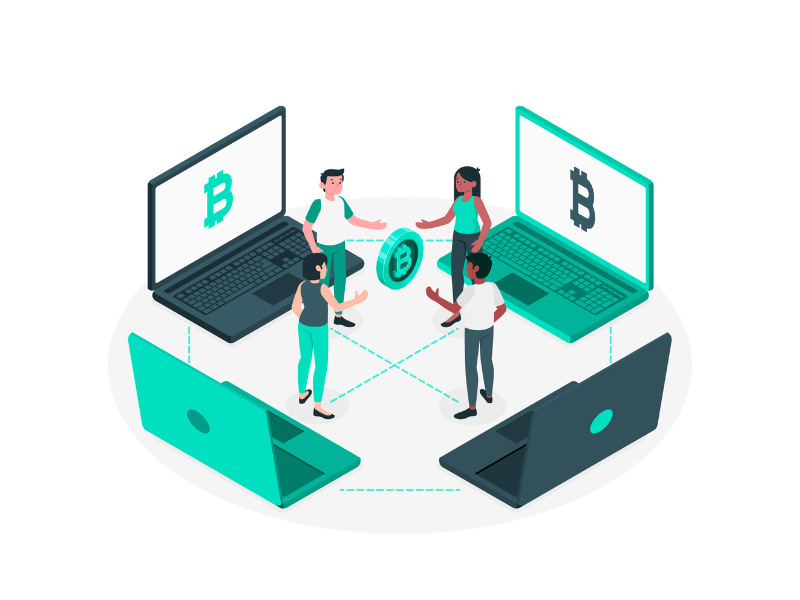“We have this handy fusion reactor in the sky called the sun; you don’t have to do anything, it just works. It shows up every day.” Elon Musk gave this tagline, and the world could not have enough of it. The future will be powered by solar electricity, even though some people find it to be an intimidating expenditure. The world now faces numerous issues as a result of urbanisation, including climate change. It is imperative that we move to renewable energy sources, and solar power may be the catalyst for this transformation. This blog will give you a quick overview of how solar power can be integrated in urban areas, certain challenges it may face, innovations to tackle them, and lastly, improvements in solar power’s efficiency.

Brightening Homes – Utilisation of Solar Power in Urban Spaces
Energy consumption has increased due to the urbanisation trend, so it’s critical to look into alternative energy sources that have less of an influence on the environment. Urban living has witnessed a notable transformation, not confining itself to concrete jungles but evolving gradually. Solar power is paving the way for the development of smart cities. Indeed, there are many obstacles to integrating solar electricity, including a lack of space, problems with shading from tall structures, and the requirement to take aesthetics into account. Overcoming such barriers is critical to realising the enormous potential for producing sustainable energy inside the urban structure. To solve these issues, design innovations are essential since they provide solutions that not only optimise energy capture but also smoothly incorporate solar systems into the current urban infrastructure.
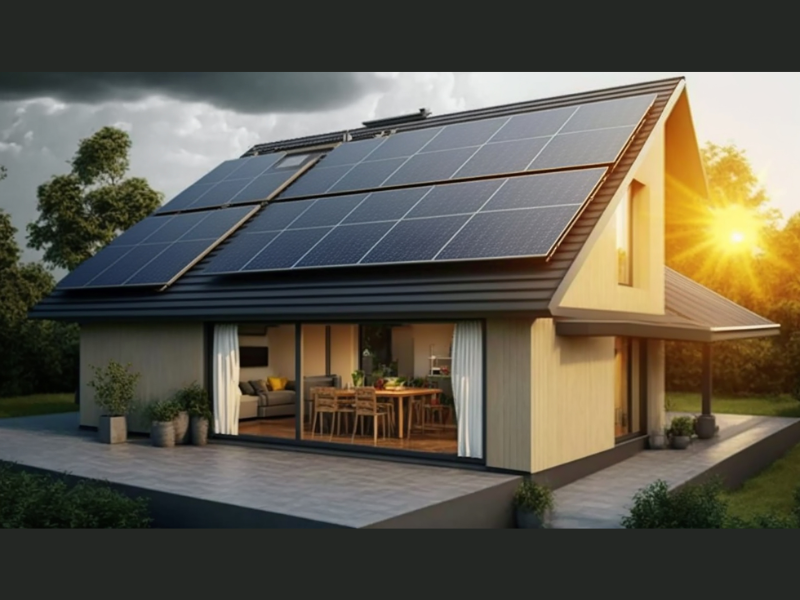
Shedding light on some design innovations for urban solar integration:
- Building-integrated photovoltaics (BIPV): BIPV offers the capacity to simultaneously produce electricity and act as building materials. While ground-based solar installations are common in traditional solar systems, vertical surfaces can be used more effectively with building-integrated photovoltaics (BIPV). In addition to maximising energy capture, this makes buildings active participants in the energy grid.
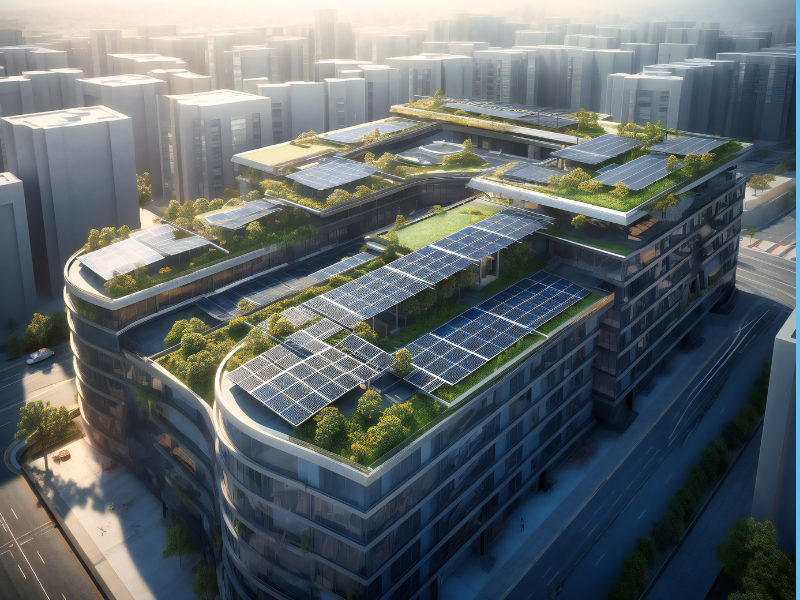
- Facade-built solar solutions: This category includes solar cladding, solar skins, and solar modules. Their purpose is to take the place of traditional building materials. Since thin-film solar technology is flexible and adaptable to a wide range of architectural forms, it is especially well-suited for facade integration. This method adds to the visual appeal of metropolitan environments while simultaneously producing renewable energy.
- Solar windows and skylights: This has a dual purpose that aids in the production of energy and natural lighting. These days, the windows can be changed into clear solar panels that let light in and capture sunlight to generate electricity. Thus fulfilling the needs for interior lighting and energy efficiency.
- Solar-Powered Vehicles and roadways: Electric buses, trams, and trains driven by solar energy are environmentally benign substitutes for traditional fossil fuel-powered automobiles. In addition to providing shade, solar canopies over parking spaces and bus stations produce renewable energy for charging electric cars. By utilising the pavement surface as a photovoltaic cell substrate, solar highways transform roads into assets that produce electricity. This strategy helps make urban transport networks more sustainable while addressing the issue of space constraints.
- Solar panels and solar-powered street furniture: It is possible to rethink solar-powered street furniture, such as benches, lighting, and bus stops, to capture sunlight. As a result, lessening the stress on the centralised power system. The advent of flexible solar panels has created new opportunities as they can be deployed even in constructions with unusual shapes. This flexibility encourages innovation in application and design while also increasing the viability of urban solar integration.
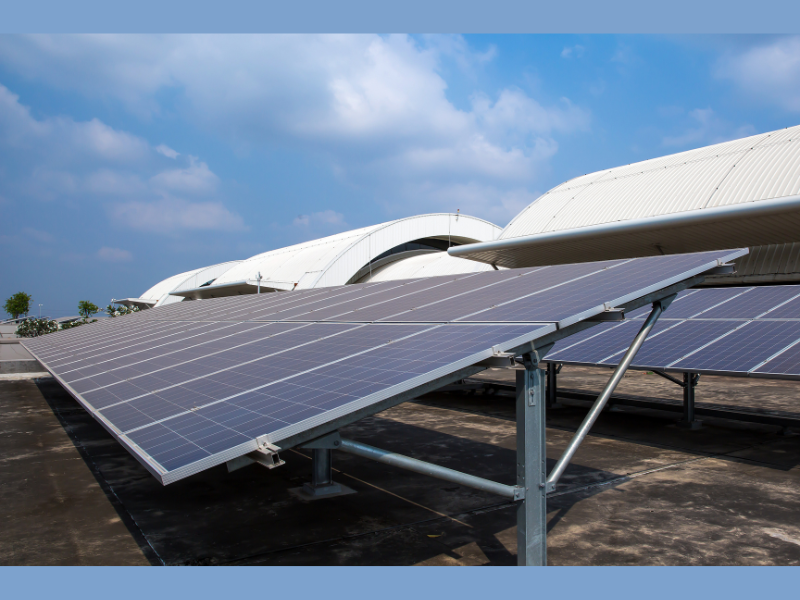
Revving Up Efficiency in Urban Solar Systems
Efficiency improvements centre on developments in solar cell technologies, urban-specific energy storage solutions, intelligent grid integration, and the rise of hybrid systems that combine multiple energy sources. Tandem solar cells, for instance, exhibit flawless improvements by combining multiple layers of different materials to catch a wider spectrum of sunlight.
Perovskite-silicon hybrid cells provide lower manufacturing expenses and greater productivity, whereas multi-junction cells provide for the concomitant absorption of numerous light wavelengths. By increasing the energy conversion efficiency of solar panels, these developments help make them more appropriate for an evolving and space-constrained metropolis.
High-capacity batteries, paired with smart energy management systems, facilitate the storage of additional power at the time of sunlight abundance and its discharge amidst increased demand. Fast-charging technologies can help urban solar systems maintain a steady and dependable power supply by promptly recharging energy storage. The way electricity is routed and controlled in metropolitan areas has been completely transformed by the idea of smart grids. To maximise the efficiency of solar power systems, intelligent grid integration makes use of artificial intelligence, Internet of Things (IoT) devices, and real-time data analytics. This plan improves the urban energy grid’s resilience, efficiency, and dependability.
With the advancement of technology, it is now possible and even necessary to incorporate these efficiency-boosting methods to fulfill the increasing energy demands of urban populations. Urban regions may move towards greener, more sustainable energy solutions by utilising these advancements, which would be a major step in the worldwide effort to create a future that is greener and more environmentally conscious.

Powering Progress
“You are never too small to make a difference.” Greta Thunberg, a climate activist states assertively in an effort to make us realise that change is necessary. Urban environments can become cleaner, more sustainable, and ecologically conscious by utilising solar energy to its greatest potential. Cities need to embrace next-generation technologies, appropriate regulatory frameworks, and community involvement. Urban solar integration is a journey that is both a technological advancement and a group effort that will transform urban areas of the future for the benefit of present and next generations.
Blog by Tamanna Shaikh.
Interested to know about companies in the solar power industry? Then you can visit these web pages:
Aspen Power Completes Construction of 14 New Solar Projects in Georgia
JA Solar and Paramount Group sign agreement for a PV Power Plant Project
Trina Solar Completes New Zealand’s First Integrated Solar Farm with Module-Tracker System
Goodyear Announces Completion of Its Largest Solar Panel Installation In Pulandian, China


